Signal from Proxima Centauri
Earlier this month, researchers announced that they had caught a very mysterious
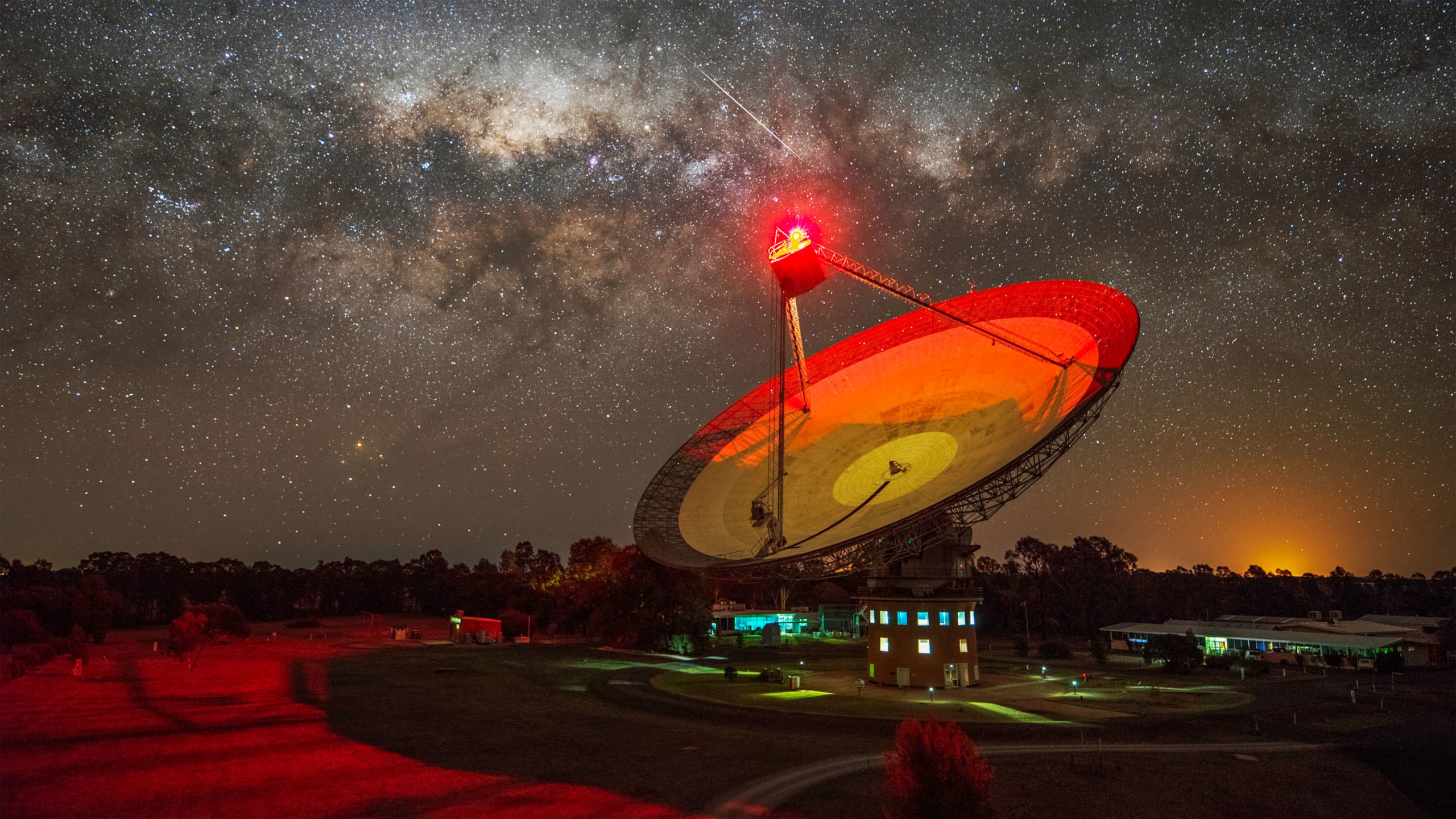 (Image courtesy of CSIRO / A. Cherney)
(Image courtesy of CSIRO / A. Cherney)
Alien bacteria can live in the clouds of Venus
In September, news of potentialevidence for the existence of life in the upper clouds of Venus. The fact is that there, scientists discovered the presence of phosphine, a rare and often poisonous gas that, at least on Earth, is almost always associated with living organisms. Venus, with its infernal surface temperatures, incredible pressure and clouds of sulfuric acid, has long played a secondary role after the seemingly more potentially habitable Mars. But the team aimed the James Clerk Maxwell Telescope in Hawaii and the Large Millimeter / Submillimeter Lattice of the Atacama in Chile at Venus and found a phosphine signature in a Venusian cloud layer with perfectly terrestrial temperatures and pressures. Terrestrial bacteria are known to thrive in some fairly challenging environments. The research team does not claim that this is conclusive evidence of space species. But at least it will lead to more funding for the search for life in seemingly unlikely parts of the solar system and the universe.
 (Image courtesy of NASA)
(Image courtesy of NASA)
Oumuamua may still be an alien artifact
Two years ago, scientists noticed a cigar-shapedan object rushing through the solar system. The object was named "Oumuamua" and, according to most, is an interstellar comet. But careful observations showed that the object was accelerating, as if something was moving it, and scientists are still not sure why. Avi Loeb, an astrophysicist at Harvard University, has suggested that 'Oumuamua is an alien probe propelled by a light sail, a piece of material that is accelerated by solar radiation. Other scientists doubted Loeb's idea, and the debate is still ongoing.
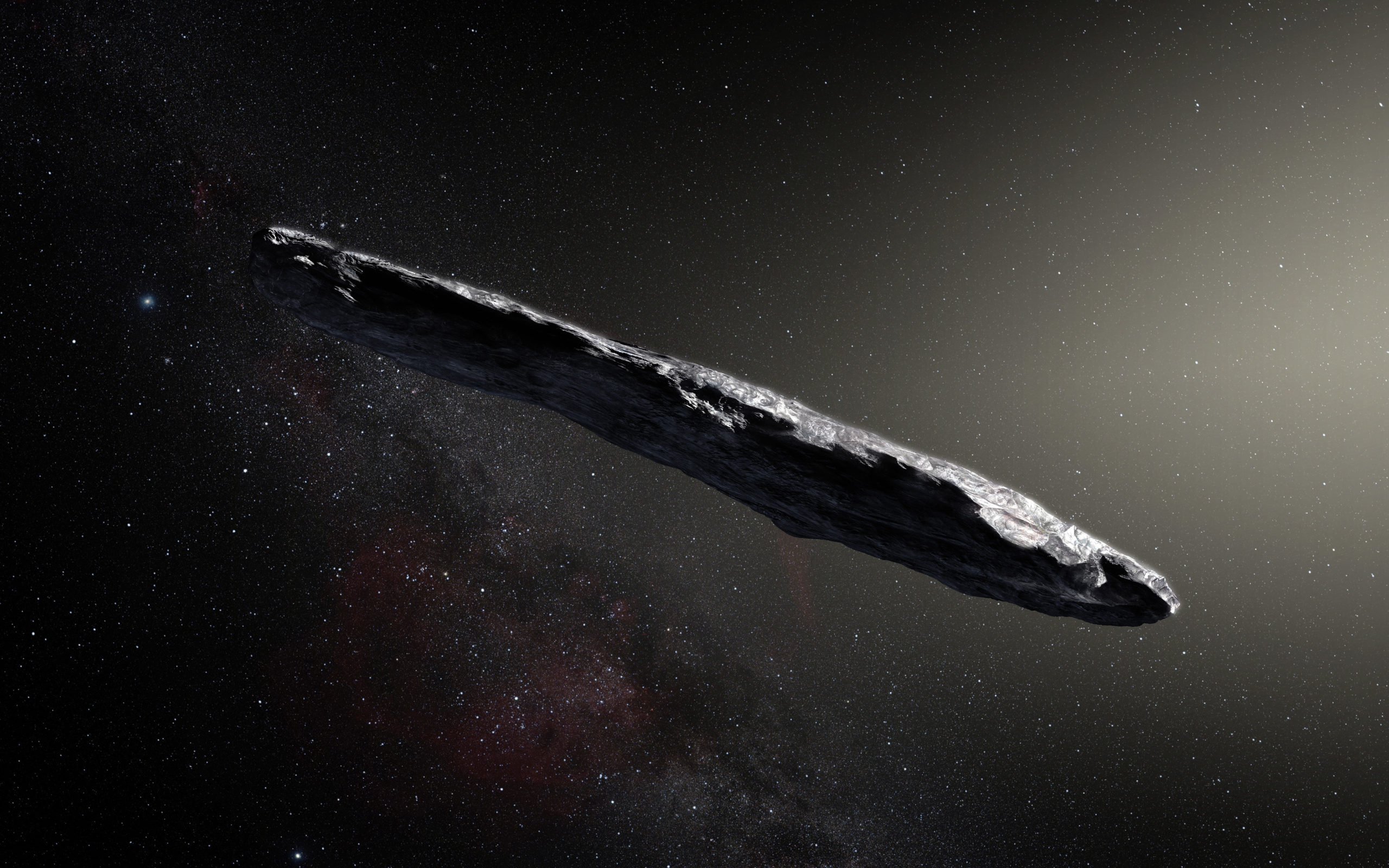 (Image courtesy of M. Kornmesser / ESO)
(Image courtesy of M. Kornmesser / ESO)
Navy declassified UFO video
In April, the US Navy released footage takenpilots showing strange wingless planes flying at hypersonic speeds. Videos taken from military aircraft show flying objects. Outwardly, they do not resemble any known aircraft.
Despite the existence of such videos, people stillBut be careful, said freelance journalist Sarah Scholes in her book They Are Already Here: UFO Culture and Why We See Saucers. According to Live Science, after deciding to look into the Navy evidence, Scholes was unable to determine whether it actually showed alien aircraft.
(Video provided by the US Navy)
The Milky Way may be full of ocean worlds
Oceanic worlds that are classified asplanets with significant amounts of water on the surface or directly below it are surprisingly common in the solar system. The Earth is obviously one of such places, but it is believed that Jupiter's moon Europa hides huge seas under its icy shell, and on Saturn's moon Enceladus, as we already know, there are water geysers erupting outward. The astronomical community has long had the idea to send a probe that could land on any of the quiet moons sometime in the 2030s and check if there are any living things in the ocean worlds.
As for the ocean worlds beyondOur Sun, in a study published in June, researchers looked at 53 exoplanets similar in size to Earth. They analyzed variables including the planets' size, density, orbit, surface temperature, mass and distance from the star. Of the 53, scientists concluded that about a quarter may have suitable conditions to be considered ocean worlds.
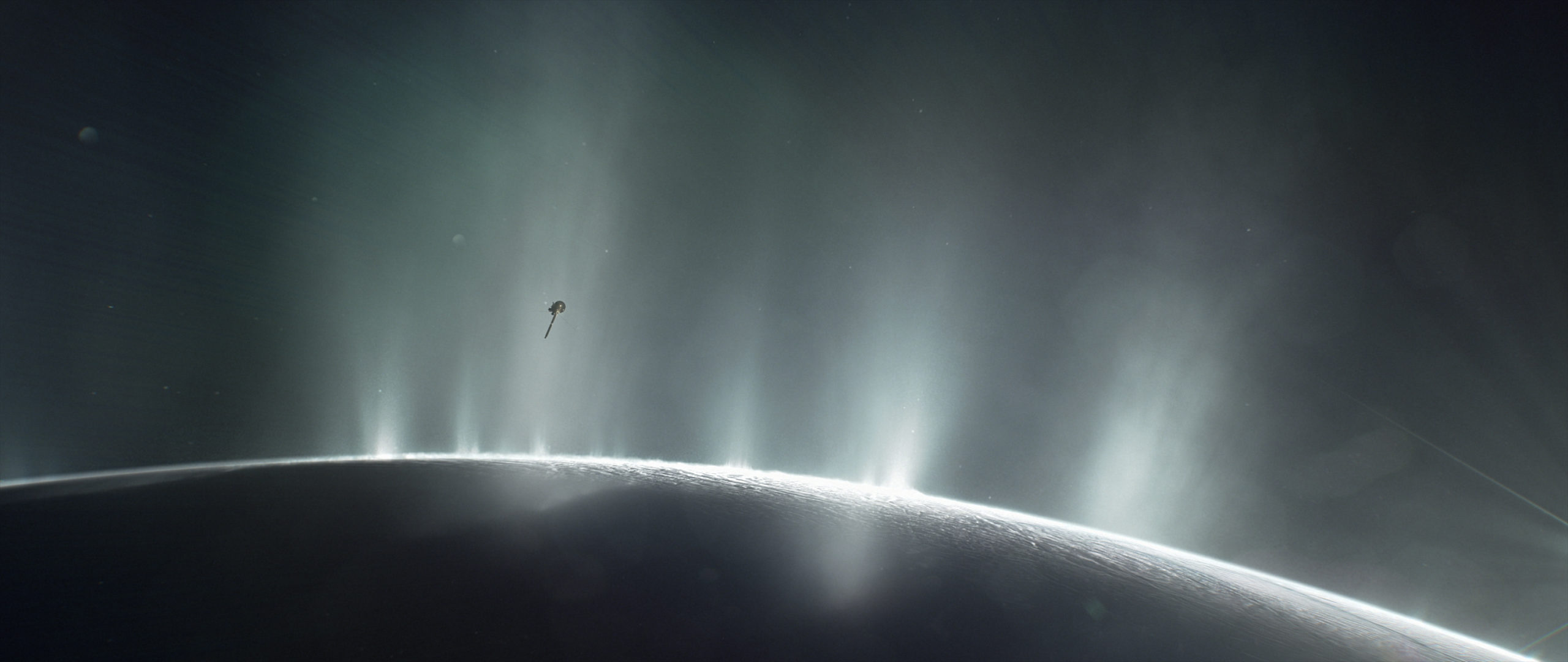 (Image courtesy of NASA / JPL-Caltech)
(Image courtesy of NASA / JPL-Caltech)
Bacteria can survive on pure hydrogen. What about alien life?
Most earthlings need to surviveoxygen. But oxygen is a rare phenomenon in space. There is much more hydrogen and helium in the Universe. Many planets, including gas giants such as Jupiter and Saturn, are composed primarily of these light elements. In May, scientists took E. coli (bacteria found in the intestines of many animals, including humans) and common yeast (a fungus used to bake bread and beer) and tried to find out whether they could live in ;different environments. It is already known that such microbes survive without oxygen, and when placed in a flask filled with pure hydrogen or pure helium, they managed to grow, although more slowly than usual. The findings suggest that when searching for organisms elsewhere in the universe, we might want to look at places that aren't exactly like Earth.
 Image courtesy of NASA
Image courtesy of NASA
Life around a black hole
Hunting for life on other worlds, mostScientists are sticking with what they know—looking for Earth-sized planets orbiting stars similar to the Sun. But much more exotic configurations may exist. For example, a planet circling around black hole. At first glance, such a scenario seems absurd. But contrary to popular visualizations, black holes don't just suck in everything around them. Gravitationally stable orbits are possible, and light from the cosmic background radiation—a near-absolute-zero relic from the early universe that permeates all space—would be heated as it falls into the black hole. As a paper published in March showed, this could provide warmth and energy to any organisms that happened to evolve in such a strange place.
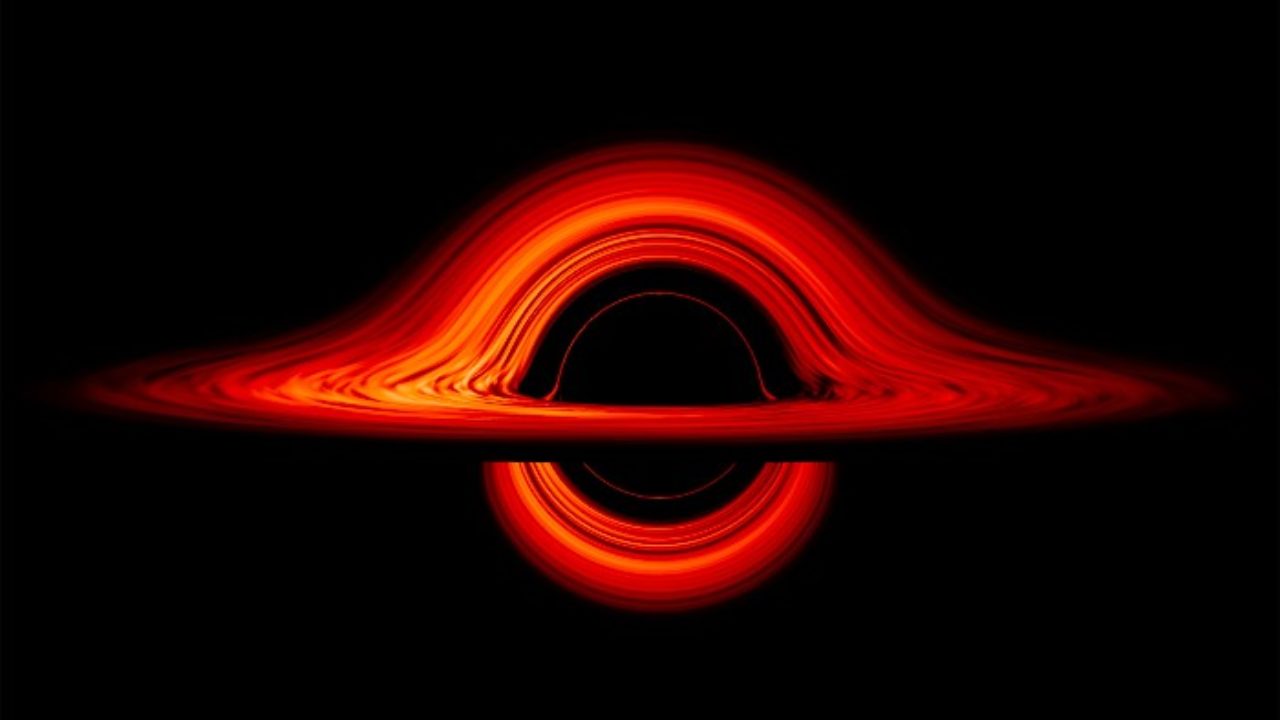 Image courtesy of NASA
Image courtesy of NASA
1000 places where aliens could watch us
When we hunt for lifeoutside of our planet, it's important to remember that humans may not be the only ones doing this. In October, researchers compiled a catalog of 1,004 nearby stars that could be useful for detecting life on Earth. “If observers searched for [planets orbiting these stars], they would be able to see evidence of a biosphere in the atmosphere of our pale blue dot,” says study lead author Lisa Kaltenegger, assistant professor of astronomy at Cornell. university and director of the university's Carl Sagan Institute, the statement said. Using the observing tools that astronomers use to study exoplanets, alien observers could hunt for oxygen and water in our atmosphere and perhaps conclude that Earth is a good home for living organisms.
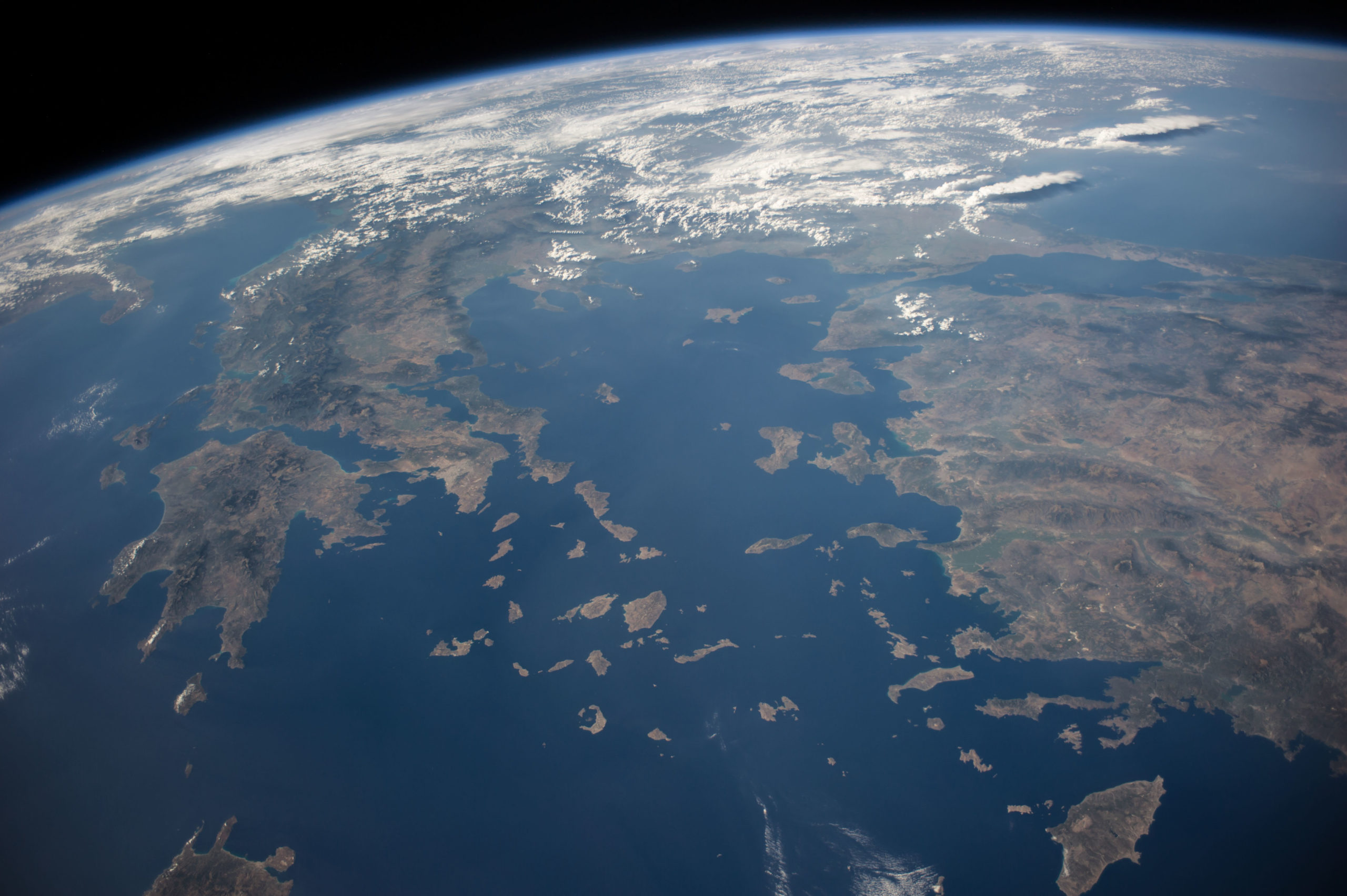 (Image courtesy of NASA
(Image courtesy of NASA
Most aliens are probably already dead.
Where there is life, there is death.People like to imagine that our galaxy is full of technological beings that can connect with us. But all cultures and civilizations experience both dawn and dusk. Many of the inhabitants of space may have turned to dust a long time ago. The study, published in December, indirectly confirms this theory, taking into account several important factors: the predominance of stars, in which orbits are Earth-like planets; the frequency of the deadly, destroying all supernovae; the time it takes to develop intelligent life under the right conditions; and the possible tendency of intelligent beings to self-destruct. The analysis showed that the most likely occurrence of life in the Milky Way occurred about 5.5 billion years ago, even before our planet was formed. It seems that mankind appeared relatively late in the galaxy and that many other inhabitants of the universe no longer exist.
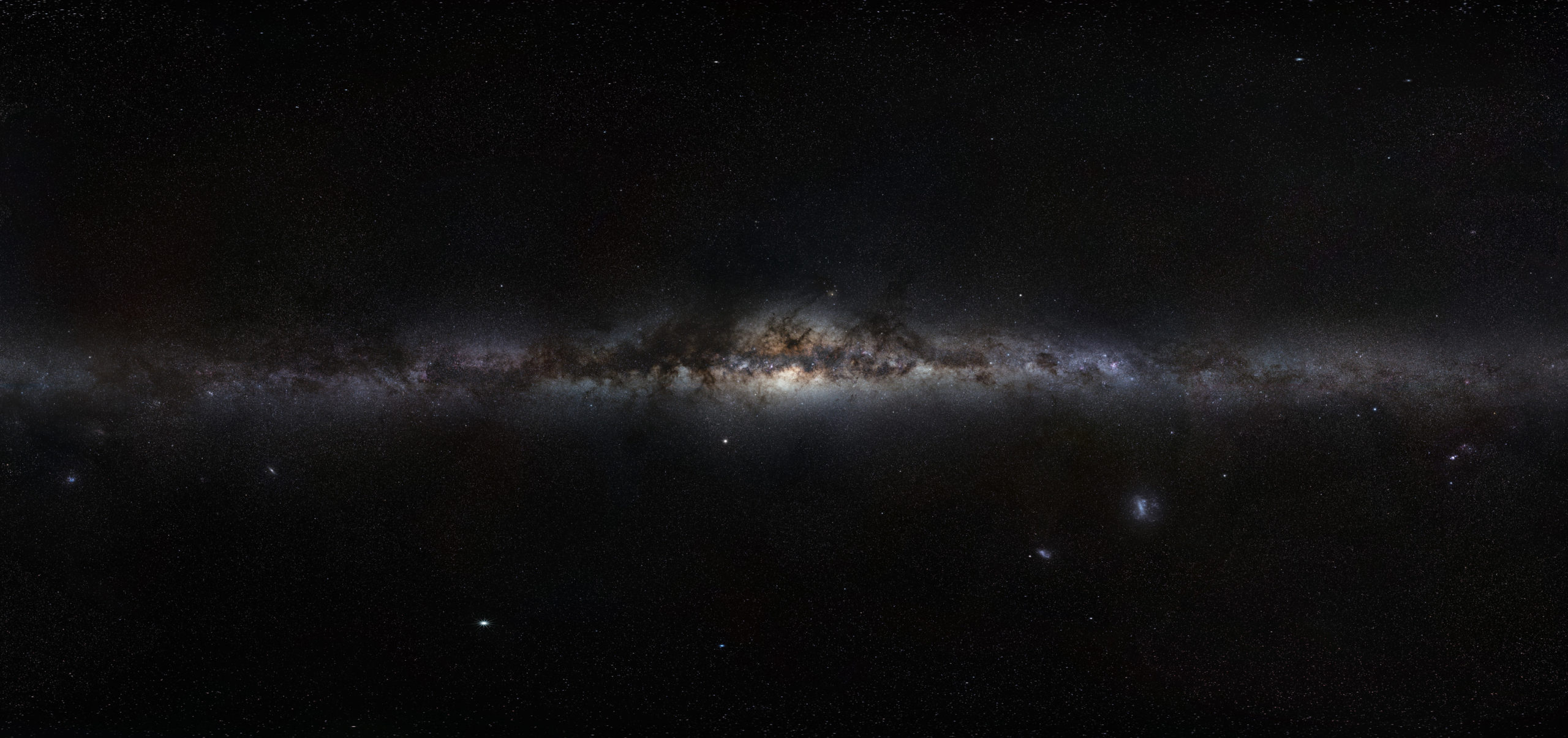 Image courtesy of the European Southern Observatory
Image courtesy of the European Southern Observatory
To find intelligent alien life, it's time for humans to think like aliens
Our "hunt for aliens" haspotentially fatal flaw we are looking for them. This is a problem because we are a unique species, and alien-hunting scientists are an even stranger bunch. As a result, their all-too-human assumptions may interfere with their efforts to find alien life. To get around this, the Breakthrough Listen project—a $100 million initiative exploring space for signals from otherworldly beings as part of the Search for Extraterrestrial Intelligence (SETI) program—is asking anthropologists to help uncover some of these biases. Claire Webb, a student in the department of anthropology and history of science at the Massachusetts Institute of Technology, spoke about her work with Breakthrough Listen on January 8 at the 235th meeting of the American Astronomical Society (AAS) in Honolulu.
The human brain has many limitations.We are misled by cognitive biases, optical illusions, and blindness to things we are not prepared to see. One question that has always dogged the study of alien life is whether we can recognize life that is so different from what we encounter here on Earth. Scientists have long urged us to “expect the unexpected.” Life on other planets may not leave the same biological traces as organisms on Earth, making them difficult to detect from our perspective.
Time will tell whether we can make any headway in our search in 2021.
Read also
AI solved the Schrödinger equation
Abortion and science: what will happen to the children who will give birth
"Study failed": Sputnik V testers will no longer receive placebo